Your doughnut box is pink thanks to Cambodian refugees
Isaiah Reynolds

- During the Khmer Rouge, thousands of Cambodian refugees arrived to southern California to escape the genocide.
- Ted Ngoy, one of these refugees, saw an opportunity for a new business venture: doughnut shops.
Southern California is home to one of the highest concentrations of doughnut shops in the country. That's all thanks to the region's Cambodian American community.
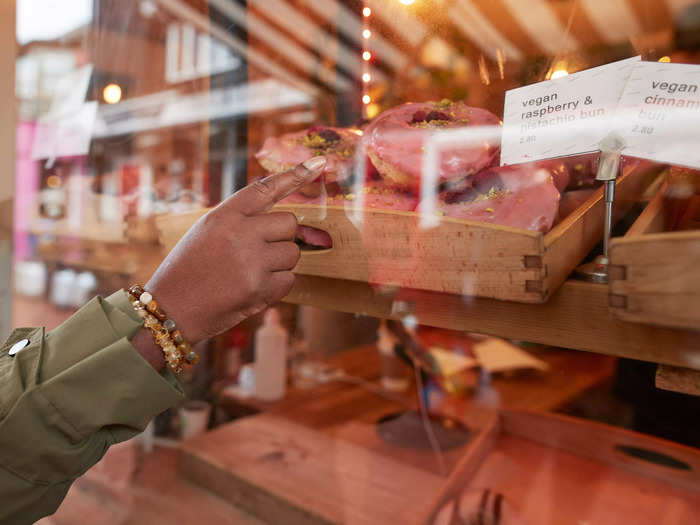
Source: LA Times
The Khmer Rouge regime, the state-backed genocide of Cambodian citizens at the hands of Communist Party leader Pol Pot, claimed the lives of roughly 2 million people between 1975 and 1979.
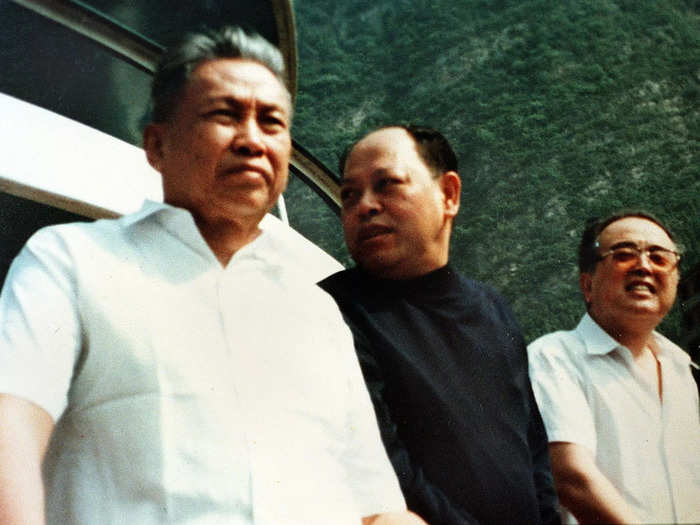
Source: BBC
Cambodians began seeking refuge around the world, including the US. They were initially held in the military base Camp Pendleton before setting up a thriving corridor of businesses surrounding Long Beach.
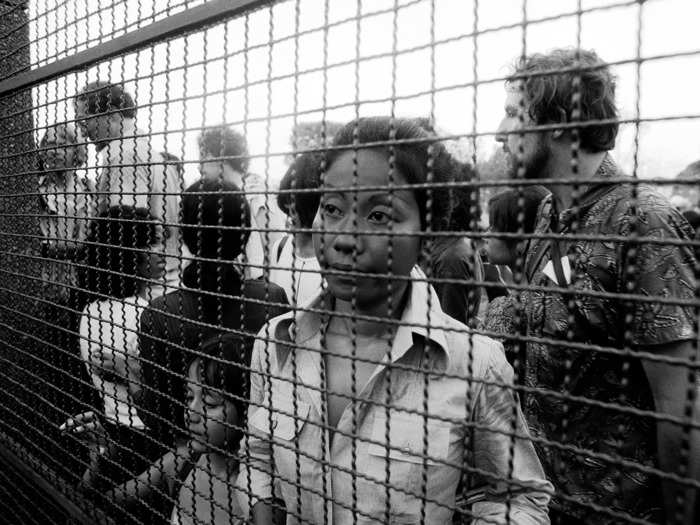
An estimated 50,000 migrants arrived at Camp Pendleton. The base became a temporary home for people from South Vietnam, Cambodia and Laos who were forced to flee their homelands.
Source: San Diego Union-Tribune
Ted Ngoy was one of those refugees. In 1975, he arrived in Camp Pendleton after fleeing the Khmer Rouge with his wife and children.
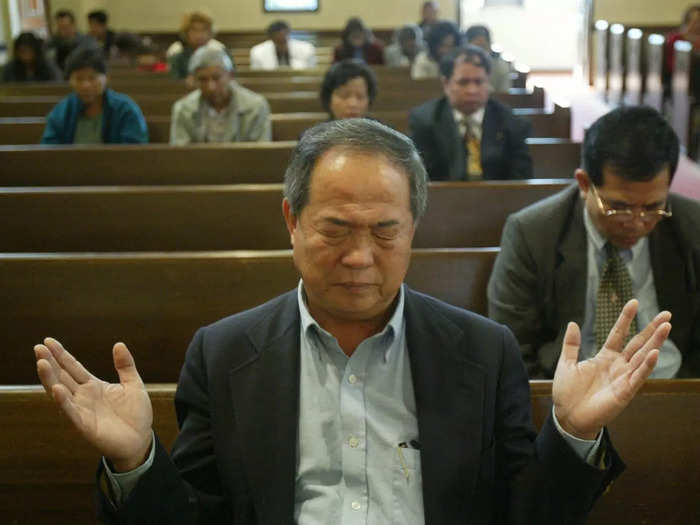
He initially worked two jobs as a church janitor and nighttime gas station attendant.
Source: LA Times
He noticed how a nearby doughnut shop's bestseller was similar to the traditional Cambodian num kong, a ring of fried dough fluffy on the inside with a crispy exterior.
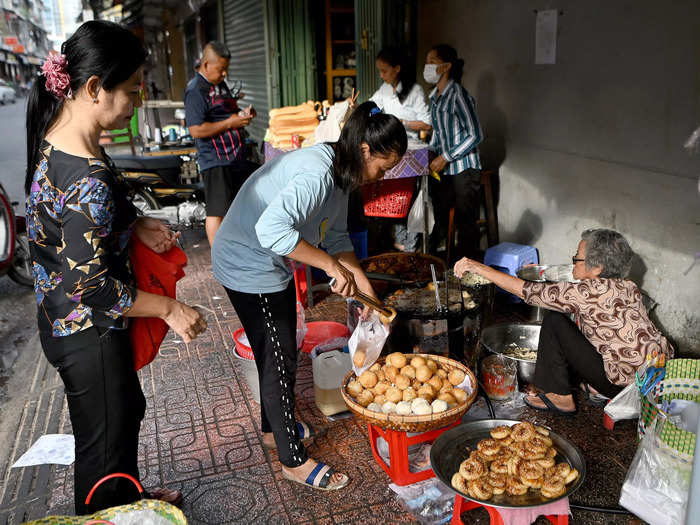
Source: LA Times
With the support of his church congregation, Ngoy was able to gain experience running a doughnut shop through Winchell Donut House's management program, becoming the first Southeast Asian to attend the program.
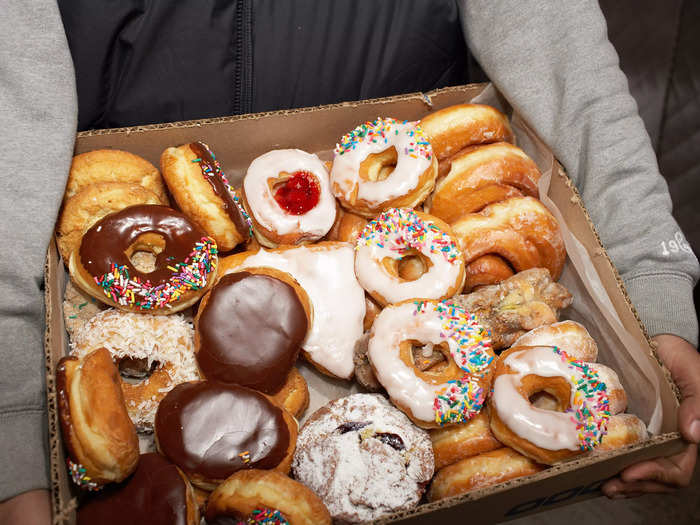
Source: LA Times
By 1979, Ngoy was able to buy his own shop in La Habra, California, named Christy's Donut Shop. Run by his wife and family, Christy's thrived throughout the next decade and inspired other Cambodian-owned businesses.
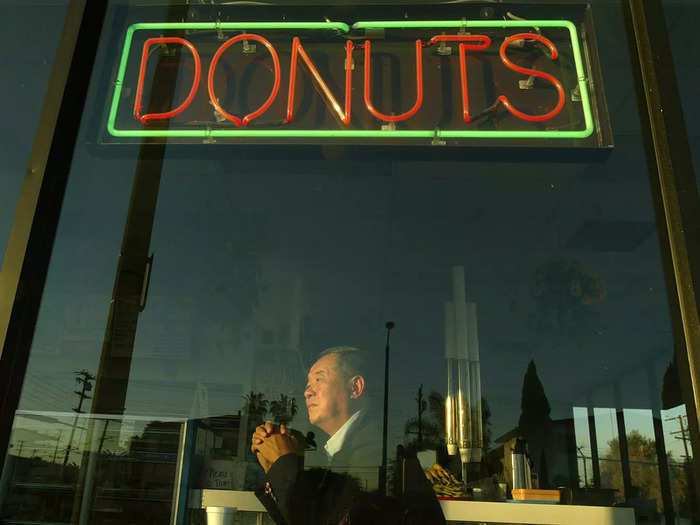
Today, around 80% of doughnut shops in southern California are owned by Cambodian Americans.
Source: CBS News
At the time, the new shop owners found that white boxes were costly. Supplier Westco provided leftover pink cardstock to the SoCal business owners and the boxes happened to perfectly fit a dozen donuts. "Why buy the more expensive white? Save a few pennies and make big bucks," Ngoy told the Los Angeles Times.
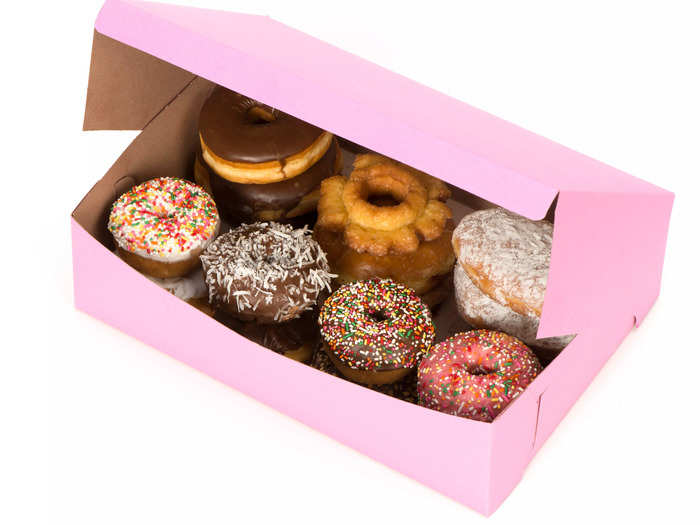
Pink was also close to red, considered to be a lucky color for many refugees, especially those who were ethnically Chinese, like Ngoy.
While there is no clear consensus where the pink boxes first popped up, some say they came from Ning Yen, another Cambodian immigrant who owned doughnut shops, who wanted red boxes for "good fortune," but kept getting sent pink ones instead.
Source: LA Times, Food and Wine
Many of those family-owned shops have been inherited by the next generation of "doughnut kids," who have been keeping the tradition of the pink doughnut box alive.
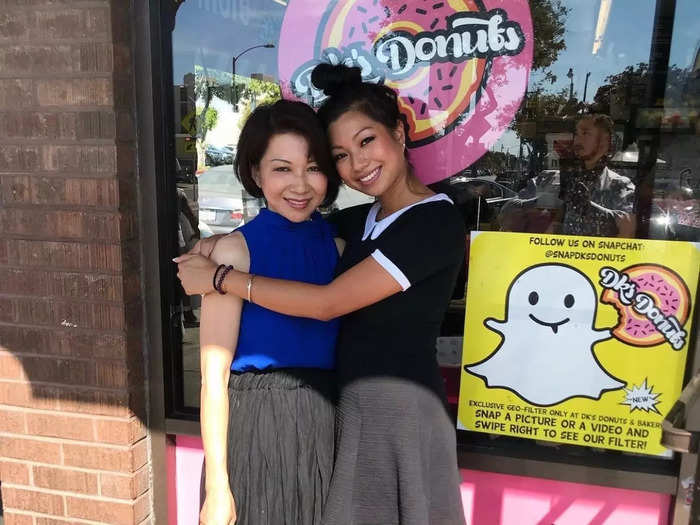
Source: Eater
Today, the pink boxes have gone beyond the southern California Cambodian community. They can be seen everywhere, perhaps most notably at Portland's Voodoo Doughnut.
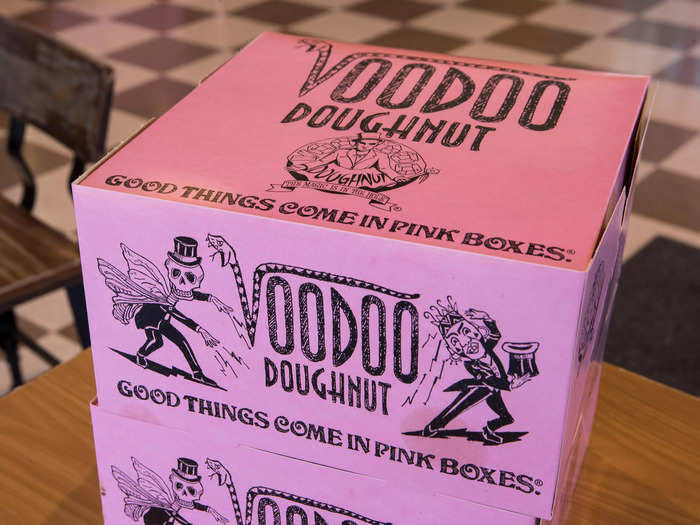
Popular Right Now
Popular Keywords
Advertisement